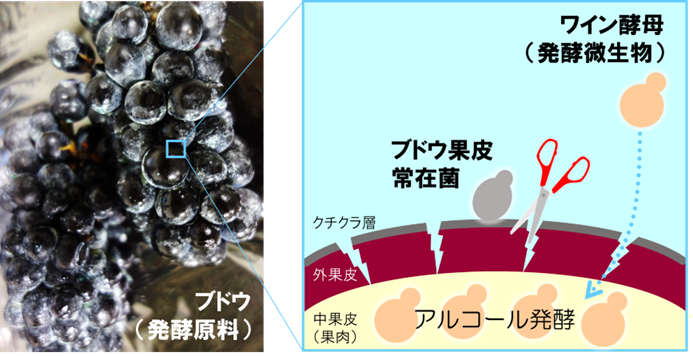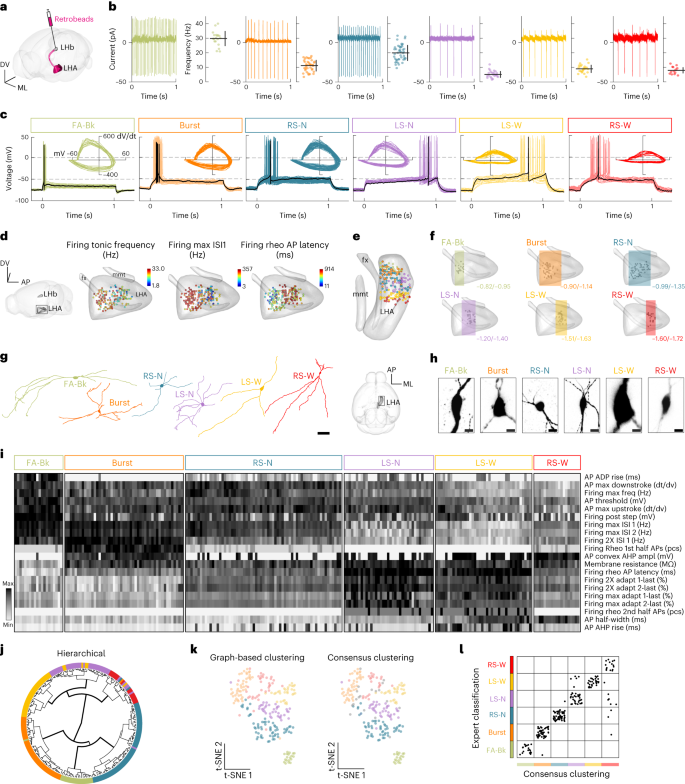2023-06-21 インペリアル・カレッジ・ロンドン(ICL)
◆TLSが存在する女性は治療結果が良好であり、TLSの形成に関与する遺伝子の標的化は卵巣癌の治療において有望なアプローチとなる可能性があります。また、研究者は人工知能を使用してCTスキャンからTLSの存在を検出する方法を開発し、より早く異なる治療が必要な患者を特定できる可能性も示唆しています。
<関連情報>
- https://www.imperial.ac.uk/news/245655/ovarian-cancer-study-identifies-genes-potential/
- https://www.cell.com/cell-reports-medicine/fulltext/S2666-3791(23)00211-2
腫瘍と局所リンパ組織の相互作用が高悪性度漿液性卵巣癌の予後を決定する Tumor and local lymphoid tissue interaction determines prognosis in high-grade serous ovarian cancer
Haonan Lu,Hantao Lou,Georg Wengert,Reema Paudel,Naina Patel,Saral Desai,Bill Crum,Kristofer Linton-Reid,Mitchell Chen,Dongyang Li,Jacey Ip,Francesco Mauri,David J. Pinato,Andrea Rockall,Susan J. Copley,Sadaf Ghaem-Maghami,Eric O. Aboagye
Cell Reports Medicine Published:June 21, 2023
DOI:https://doi.org/10.1016/j.xcrm.2023.101092

Highlights
•Tertiary lymphoid structure, or TLS, predicts survival in ovarian cancer
•TLS is associated with both B cell and T cell activation
•Chromosome 4q deletion/DCAF15 amplification are linked to TLS loss/dysfunction
•A radiomics-based predictor of TLS is developed
Summary
Tertiary lymphoid structure (TLS) is associated with prognosis in copy-number-driven tumors, including high-grade serous ovarian cancer (HGSOC), although the function of TLS and its interaction with copy-number alterations in HGSOC are not fully understood. In the current study, we confirm that TLS-high HGSOC patients show significantly better progression-free survival (PFS). We show that the presence of TLS in HGSOC tumors is associated with B cell maturation and cytotoxic tumor-specific T cell activation and proliferation. In addition, the copy-number loss of IL15 and CXCL10 may limit TLS formation in HGSOC; a list of genes that may dysregulate TLS function is also proposed. Last, a radiomics-based signature is developed to predict the presence of TLS, which independently predicts PFS in both HGSOC patients and immune checkpoint inhibitor (ICI)-treated non-small cell lung cancer (NSCLC) patients. Overall, we reveal that TLS coordinates intratumoral B cell and T cell response to HGSOC tumor, while the cancer genome evolves to counteract TLS formation and function.


